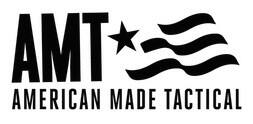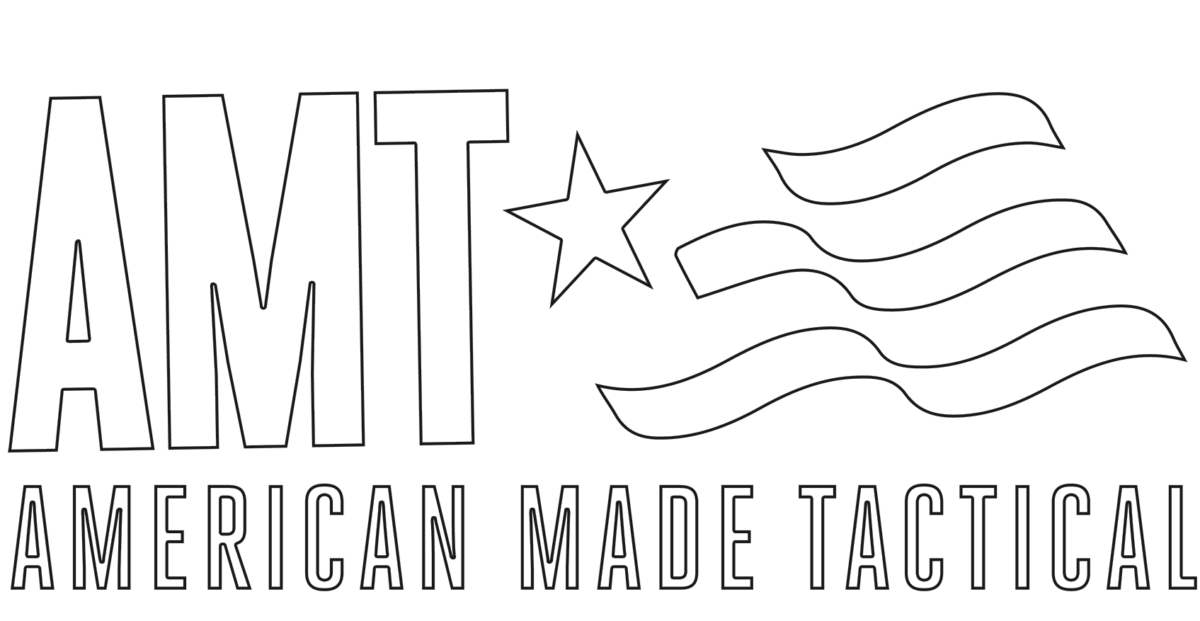80 Lowers
What is Anodizing and What are the Benefits?
Any shooter who is familiar with the famous AR-15 rifle is also aware that both the upper and lower receivers are made from aluminum rather than steel. However, aluminum is prone to corrosion just like steel is in the right environmental conditions and thus, aluminum receivers also need a protective coating to provide abrasion and impact resistance as well as to prevent corrosion. Therefore, most manufacturers of 80% lower receivers such as American Made Tactical apply a Type III anodized finish to their receivers.
What is Anodizing?
Well, before we can answer that question, we first need to understand what each process involves so that we understand how they differ from each other. So, let’s begin with anodizing since it is the most common type of finish applied to 80 percent lower receivers.
Simply put, anodizing is an electrochemical process that involves immersing an 80 percent lower receiver in a bath of sulfuric acid and distilled water and then conducting an electric current through it. This is accomplished by using the receiver as a cathode which involves connecting the receiver a direct current power supply and then immersing it in the acid bath while also connecting and immersing an anode.
This, causes the aluminum atoms in the receiver to bond with oxygen atoms separated from the distilled water in the in the acid bath by electrolysis to form a thin layer of oxidation on the surface of the receiver.
What are the Benefits of Anodizing?
So, now that we understand what anodizing is and how it is applied to lower receivers, the next question is “what are the benefits of anodizing an 80 percent lower receiver”? In order to answer this question, we first need to be aware that there are three different types of anodizing consisting of type I, type II, and type III anodizing. So, what’s the difference?
Well, type I anodizing (aka chrome plating) involves anodizing parts in a chromic acid bath in order to create a highly corrosion resistant finish. Type II and type III anodizing on the other hand involve immersing the parts in a sulfuric acid bath in order to create a hard oxidized finish. Consequently, type III anodizing is commonly known as a “hard coat” and is most often applied to 80 percent lower receivers because it produces the hardest, most durable, type of anodized finish.
In addition, Type III anodizing also greatly increases the strength and durability of the metal as well as increasing its corrosion resistance. Therefore, Type III anodized receivers are less adversely affected by environmental factors such as dust, dirt, sand, solvents, chemicals and water in addition to dings and drops. Furthermore, anodizing can also reduce friction between the moving parts and thus increase their durability due to the hard coating that it provides.
Consequently, due to its durability, Type III anodizing is the most common type of finish applied to 80 percent lower receivers and is also the finish of choice for the U.S. Military which specifies Type III anodizing for all of their AR-15 and AR-10 service rifles.
Plus, anodizing an 80 percent lower receiver can easily be done at home provided that the necessary safety precautions are taken. Therefore, many shooters prefer to purchase a “raw” 80 percent lower receiver from a manufacturer such as American Made Tactical instead of one that has been anodized by the manufacturer.
Which Type of Finish is a Better Choice?
So, which type of finish is the best choice? The answer to that question really depends on your point of view.
For instance, anodizing is the hardest, most durable, finish available for AR-15’s and that is why the U.S. Military chose anodizing as their finish of choice for all U.S. M-16 service rifles. Consequently, all military specification (aka mil-spec) 80 percent lower receivers are anodized.
On the other hand, an anodized finish is more complicated to apply at home since doing so requires a direct current power supply, a sufficient supply of sulfuric acid (aka battery acid), and distilled water as well as an acid proof container to soak the receiver. Therefore, anodizing is both more expensive and more difficult for a shooter to apply at home.
Furthermore, anodizing also creates a porous and brittle oxide layer on the surface of the receiver as well as creating residual tensile stress which adversely affects the fatigue properties of aluminum alloys. Consequently, anodized receivers may not last as long as those with a Cerakote finish.
In addition, unlike anodizing which is notorious for creating inconsistencies in color and/or shade, Cerakote not only provides consistent colors, there are over 200 of them to choose from! Thus, a shooter can easily mix and match the many different available colors to create a custom lower receiver when applying a Cerakote finish.
But, at the same time, Cerakote does not form a molecular bond with the surface of the metal the way that anodizing does and thus, it is not as durable a finish as anodizing is. However, because the finish is sprayed on and then baked to cure, it is much easier to apply and, it does not fatigue the metal the way that anodizing does. Therefore, 80 percent lowers with a Cerakote finish may last longer than those with an anodized finish.
So, although anodizing is by far the most common finish for 80 percent lower receivers, Cerakote does have some advantages. But, it also has some disadvantages and thus, each shooter must decide for themselves which finish is best suited for their particular needs.

